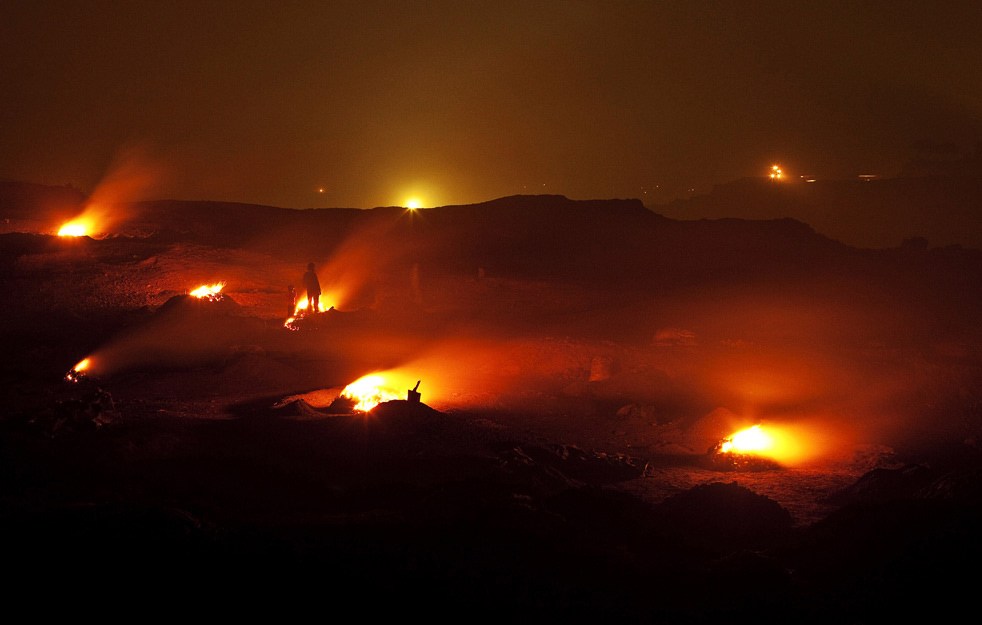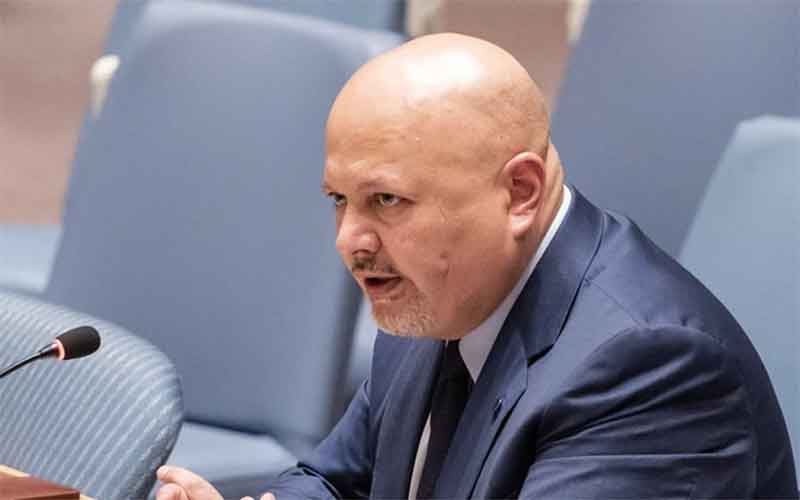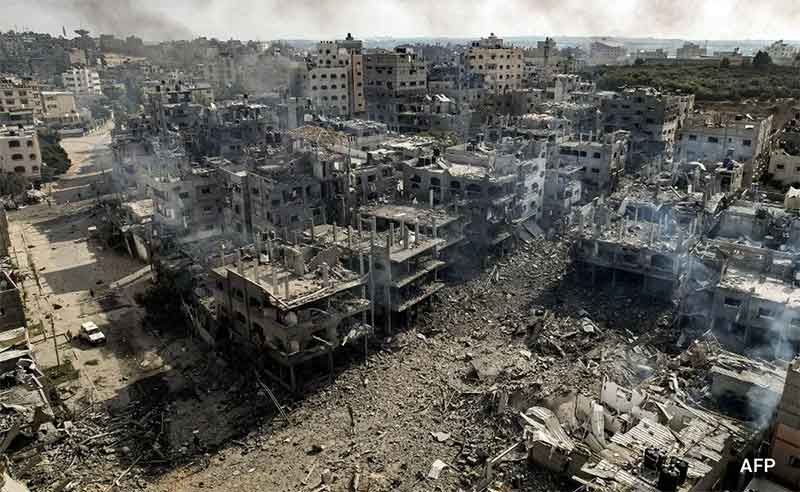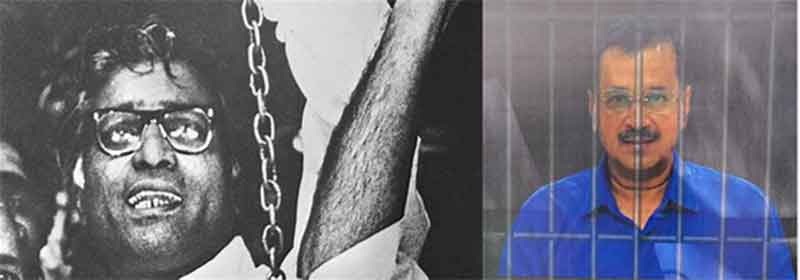
A significant proportion of coal production in India is credited to Jharia mines in Jharkhand state in the east of the country. For the communities in Jharia, coking coal is an essential part of their life. But the excessive extraction is essentially for serving coal as an ingredient in steel production.
After the US and China, India is currently the world’s third-largest energy consumer, a position that is set to consolidate in coming years as economic development, urbanisation, improved electricity access, and an expanding manufacturing base all add to demand. Right now much of those energy needs – up to two thirds of all electricity generated – are being met by domestically produced coal, of which India has abundant reserves and Jharia is one of them.
Since years, the Jharia coalfields, which cover some 270sq km around the city bearing the same name, pose a dreadful environmental and health challenge for hundreds of thousands of local inhabitants. Underground fires have been burning for more than a century beneath India’s largest coalfield. But in recent few years open-cast mining has brought the flames to the surface with devastating consequences for the local population.
History
Mining first began here under British colonial rule in the 1890s but it is said that it didn’t really intensify until the early 20th century. With that expansion came problems as new shafts were dug and others were hastily closed down as unproductive. In abandoned mines that weren’t decommissioned properly, coal was left to spontaneously combust and underground fires began to spread.
As per the available reports available, the first blaze was detected in 1916. Since these underground fires were often far from each other, they were difficult to suppress and were left to smoulder in the hope they might burn out, but by then India’s increasing need for energy had begun to make itself felt.
The “developmental ideology” has caused immense harm to Jharia. Decades of underground coal mining have hollowed Jharia’s land. The collapse of houses and other structures on the surface due to subsidence is increasingly common. Respiratory diseases like tuberculosis, bronchitis and asthma are common. Children are suffering from deformities, and some people have fallen into the raging fire pits and died.
Locals have braved sizzling temperatures of 700 degrees, deadly sinkholes and toxic gases. The coal fires pose an even greater threat to the lives of those who work in the mines, which cover more than 100 square miles of the city.
In 2008, Bharat Coking Coal Limited (BCCL), a subsidiary of state-owned Coal India, began a program to relocate almost 53,400 families living in fire-affected areas by 2021. But by 2016, only 4,000 families were relocated.
Over the years, the number of affected families needed to be resettled has risen to at least 130,000. As the government deadline of 2021 approaches, the lives of people in the fire-affected areas are getting harder.
Mitigation
With a growing fleet of thermal power plants running at 60% capacity and high demand growth, coal-fired generation is expected to increase at nearly 4% every year till 2022, according to the International Energy Agency.
It is less likely that the role of coal will diminish in the next two to three decades unless renewable energy becomes widely available and the government proactively focuses on energy transition.
Till that miracle happens, the 650 million tonnes of coal that India mines every year will not only continue to irrevocably degrade the environment, its burning will keep adding to the greenhouse effect that makes the earth unbearably hot.
So is there no way we can mitigate this deplorable situation? The rehabilitation of more than 1 lakh families living in the 595 underground fire-hit sites in Jharia coalfield region is set to gain pace with the Supreme Court directing its amicus curiae Gaurav Agarwal to hold a meeting with the stakeholders before February 25 and draw up an implementation plan.
While hearing the writ petition filed by former Asansol Member of Parliament late Haradhan Roy, the apex court had last month on February 21, instructed Agarwal to prepare the fresh plan within two weeks after holding the meeting.
The writ petition was filed in 1997 by Roy, seeking relief for the residents of fire-hit areas of Jharia and Raniganj on the basis of which the the Jharia Master Plan was prepared in 1999.
During its review of the Jharia Master Plan, the apex court had appointed Agarwal as amicus curiae to take stock of the situation on ground and submit a report.
Agarwal submitted a report after visiting affected areas in July 2019 during which he interacted with the officers of Bharat Coking Coal Ltd (BCCL) and Eastern Coalfield Ltd along with the residents.
In his report, Agarwal said out of the 36,000 apartments that were supposed to be constructed for the displaced, only 4,332 had been built and allotted to 3,114 families till July 2019. Another 8,000 apartments were expected to be completed before March 2021.
Murari Sharma, acting president of Jharia Coalfield Bachao Samiti, said: “It is high time for the residents of Jharia to raise their voices regarding their justified demand for compensation as the Supreme Court is monitoring the case.”
Rohin Kumar is a journalist
SIGN UP FOR COUNTERCURRENTS DAILY NEWS LETTER









































